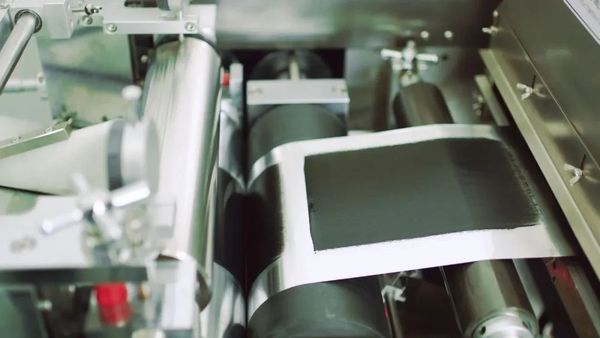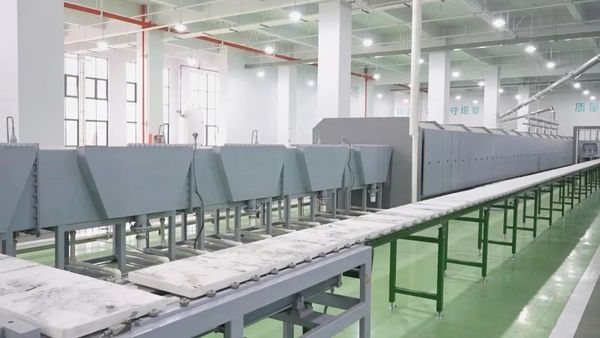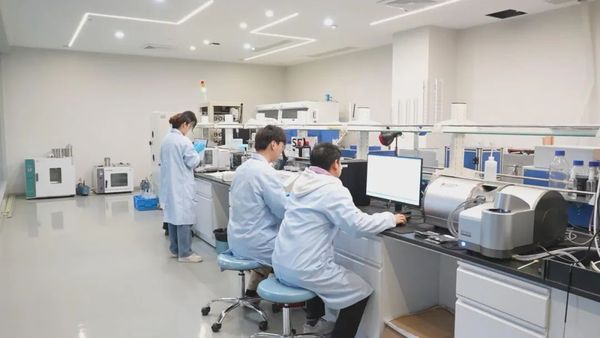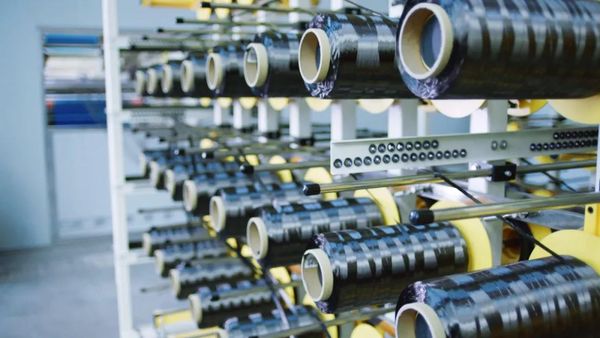5 tons of reed straw produce half a ton of polylactic acid (PLA)? Lignin-based battery anode materials.


Relying on biorefining technology, this production line can achieve industrial extraction of high-purity lignin from reed straw and use it as a raw material to research and produce lignin-based battery anode materials, turning waste into treasure.



A headquarters for Hanhe Biotechnology New Materials Research has already been established in Cangnan, featuring R&D departments focused on negative electrode materials for batteries, bio-resins and composite materials, and bioplastics. Among these, the research and development achievements in bio-resins and composite materials were industrialized in 2024, mainly applied in composite materials for wind turbine blades and mobile phone backs. The output value exceeded 18 million yuan in 2024.
【Copyright and Disclaimer】The above information is collected and organized by PlastMatch. The copyright belongs to the original author. This article is reprinted for the purpose of providing more information, and it does not imply that PlastMatch endorses the views expressed in the article or guarantees its accuracy. If there are any errors in the source attribution or if your legitimate rights have been infringed, please contact us, and we will promptly correct or remove the content. If other media, websites, or individuals use the aforementioned content, they must clearly indicate the original source and origin of the work and assume legal responsibility on their own.
Most Popular
-

List Released! Mexico Announces 50% Tariff On 1,371 China Product Categories
-

Nissan Cuts Production of New Leaf EV in Half Due to Battery Shortage
-

New Breakthrough in Domestic Adiponitrile! Observing the Rise of China's Nylon Industry Chain from Tianchen Qixiang's Production
-

Dow, Wanhua, Huntsman Intensively Raise Prices! Who Controls the Global MDI Prices?
-

Mexico officially imposes tariffs on 1,400 chinese products, with rates up to 50%






